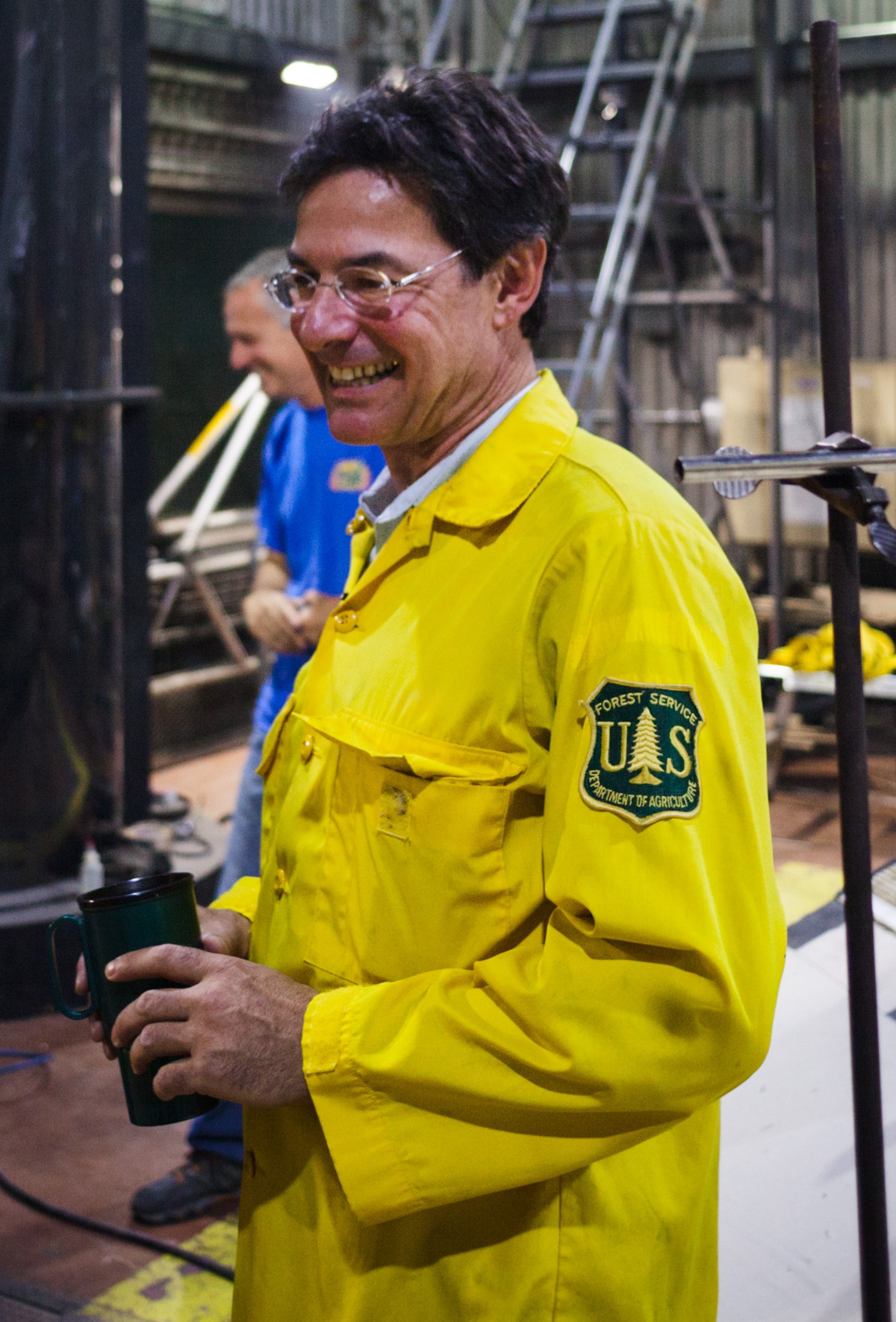Dr. Mark Finney is a Senior Scientist and Research Forester with the U.S. Forest Service at the Missoula Fire Sciences Laboratory. With a Ph.D. in wildland fire science from UC Berkeley, Finney has spent decades exploring fire as both an ecological force and a physical process. His work has laid the foundation for many of the wildfire behavior models used today across the country.

Finney is a strong advocate for rethinking traditional fire suppression strategies. He emphasizes the need to let “good fire” play its role in the landscape, using tools like prescribed burns and targeted fuel treatments to prevent more extreme fires down the line. His research has revealed that long-held beliefs about how fires spread, such as the role of radiant heat, are often incorrect.
A key focus of his recent work is understanding firestorms – large, intense wildfires that can generate their own weather. Finney and his team study how these powerful fires behave, including the convective forces that drive them and the flame dynamics that can lead to sudden, unpredictable spread. Their research is uncovering why some fires escalate so quickly, and how better modeling could help prevent future disasters.
Finney also puts his theories into practice. On his own property outside Missoula, he uses fire strategically to create defensible space. His balanced approach challenges the idea that all fire is bad and pushes us toward smarter, more resilient land management.
Watch the interview below to hear Dr. Finney discuss his path into fire science, his work and what he believes is the future of fire science.
The Interview:
Disclaimer: The views and opinions expressed in this interview are those of the interviewees and do not necessarily reflect the views or positions of Public Health Landscape or Valent BioSciences, LLC.
